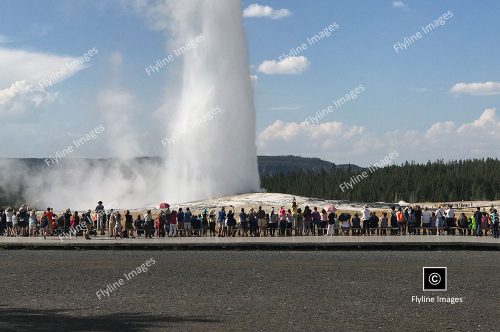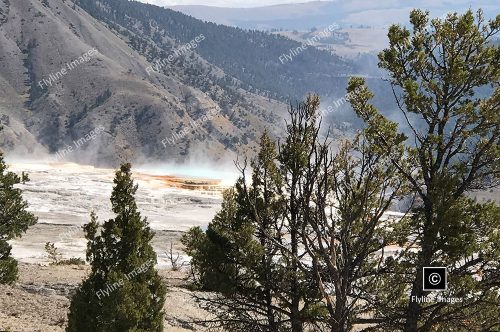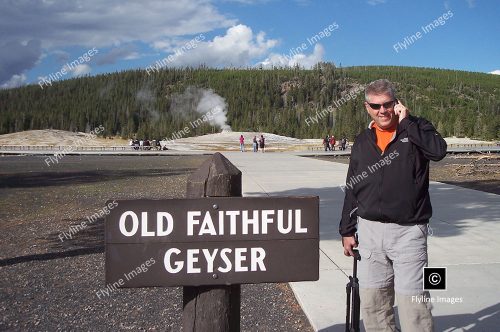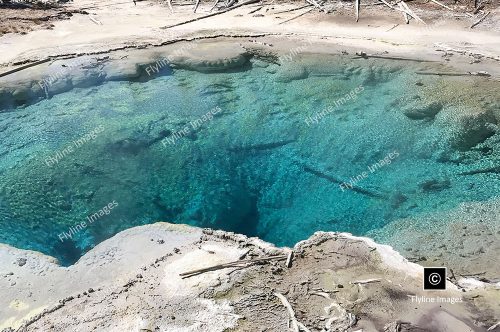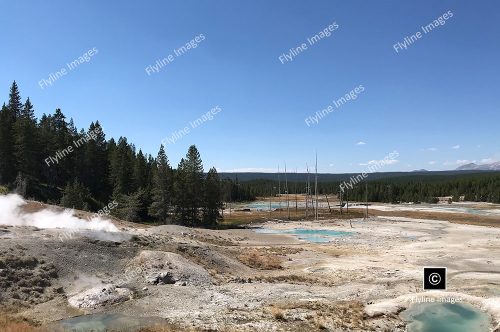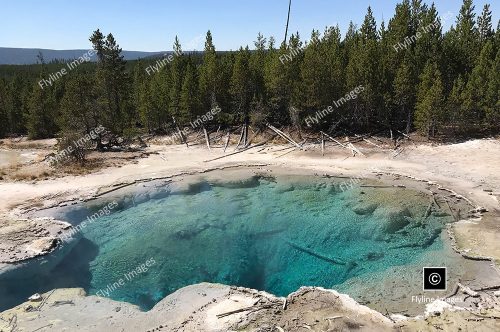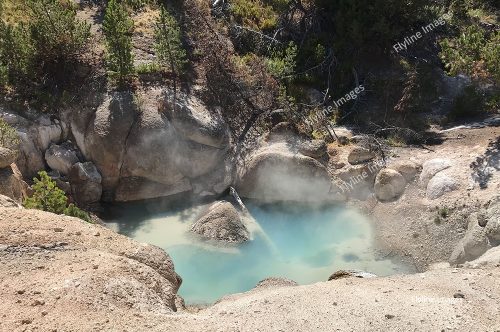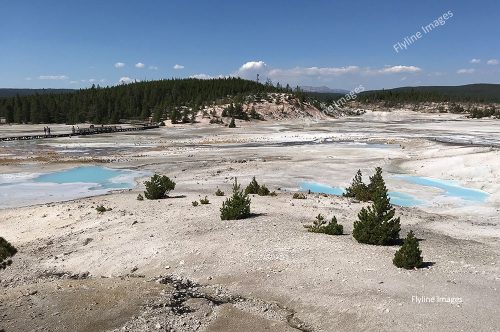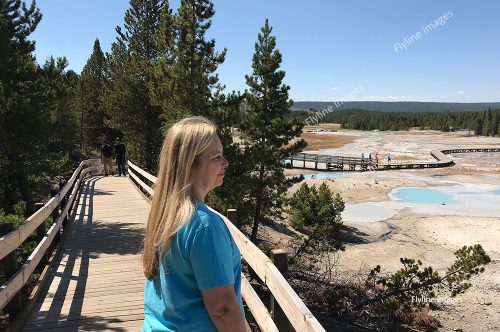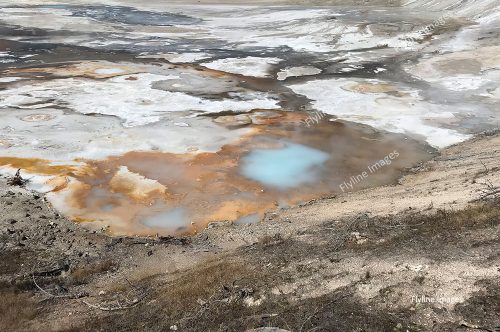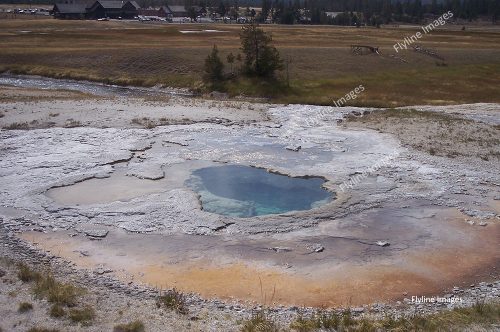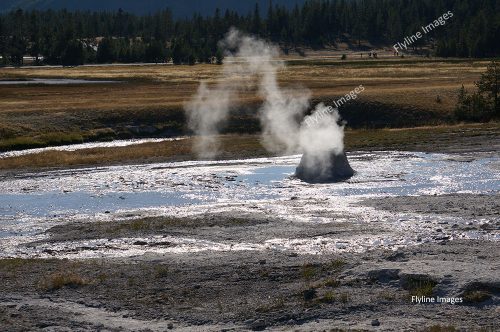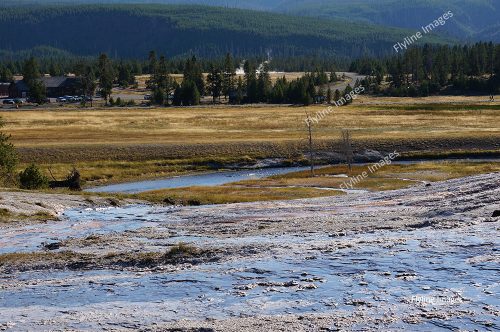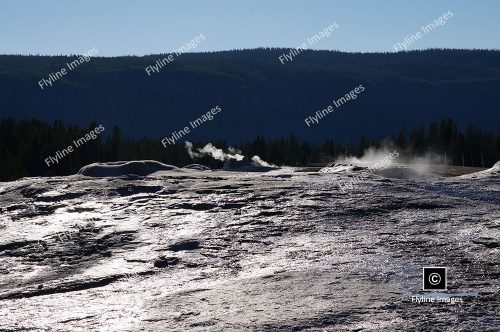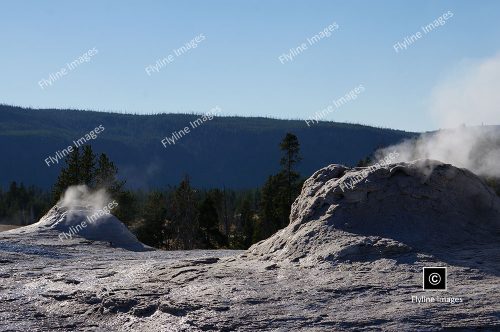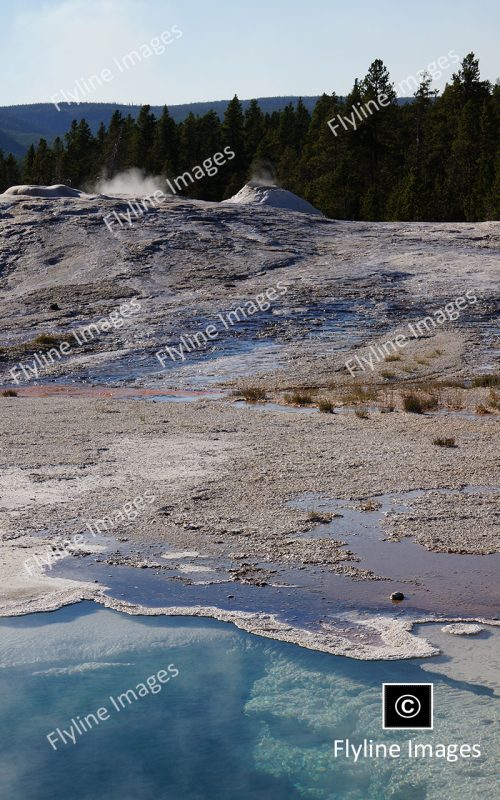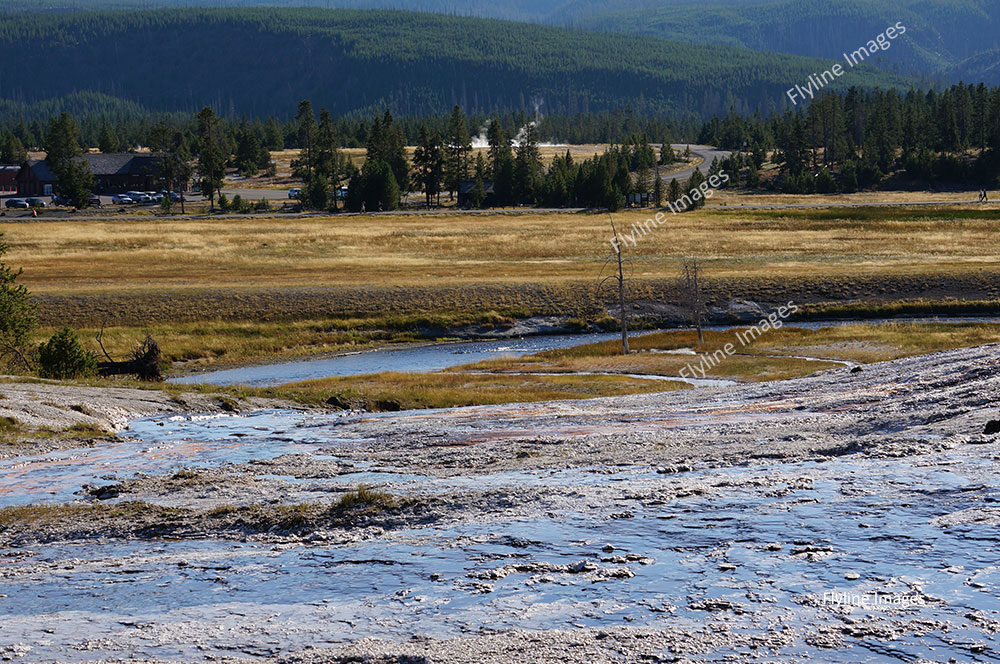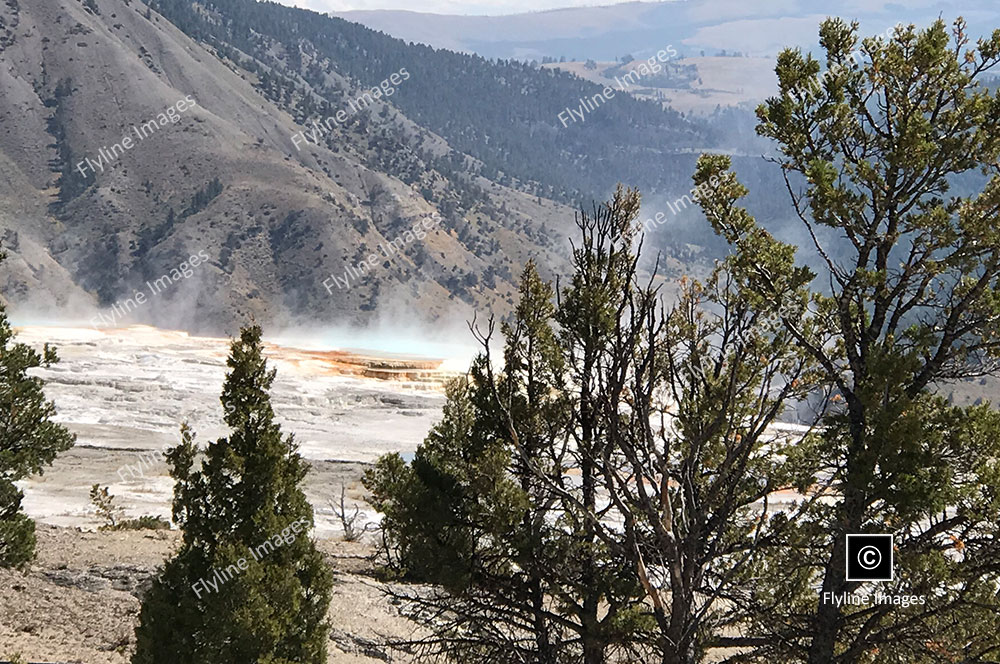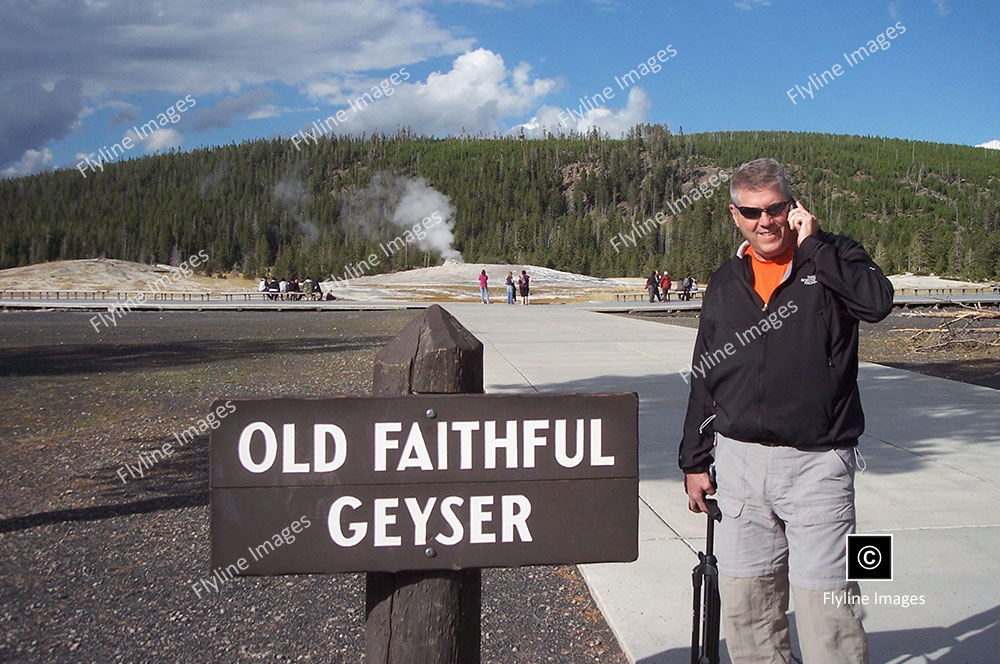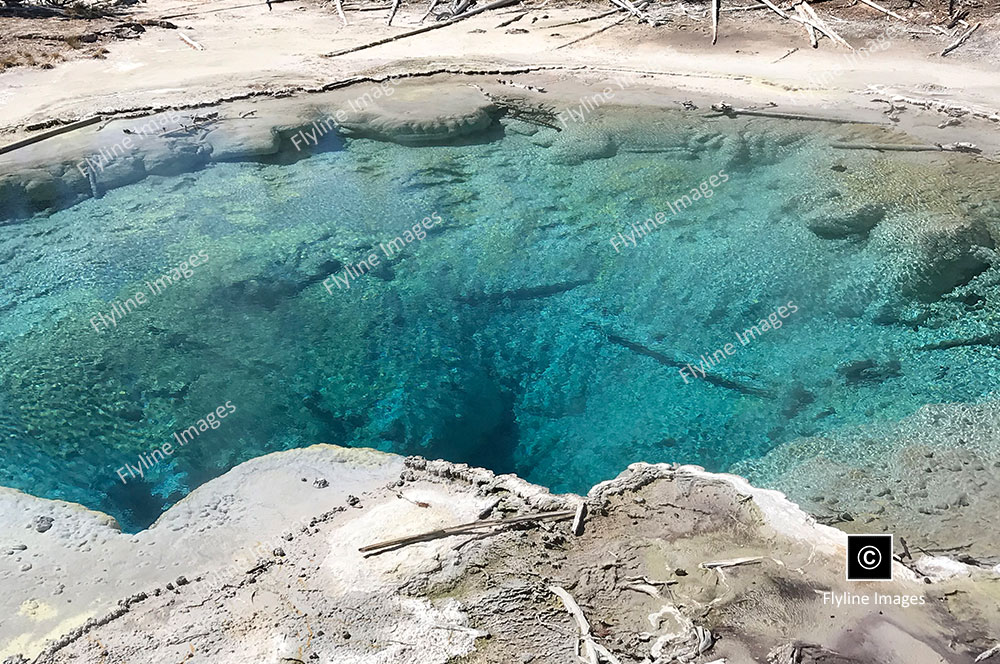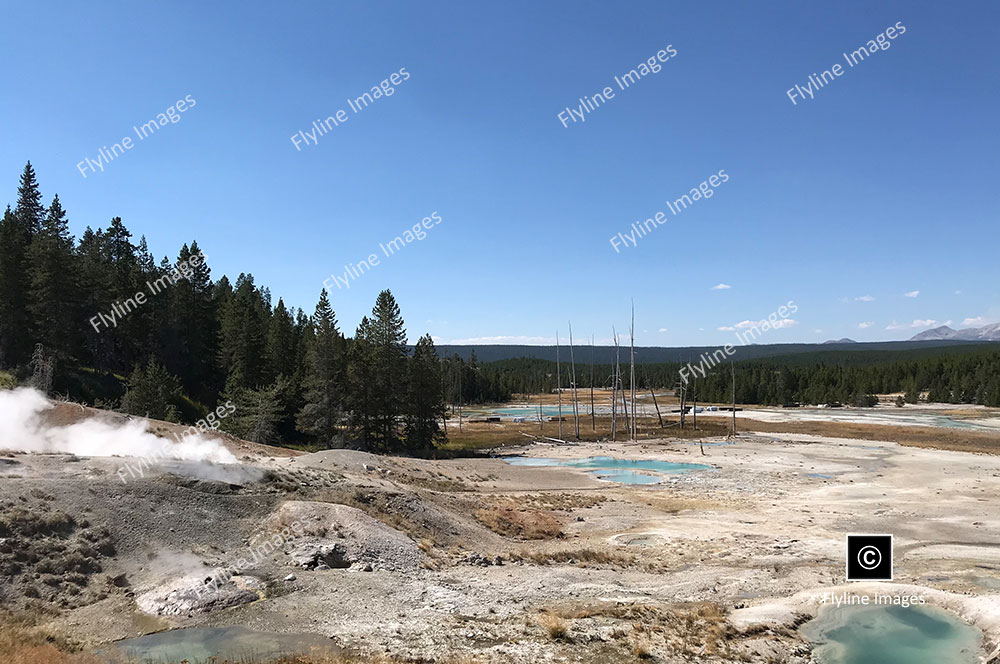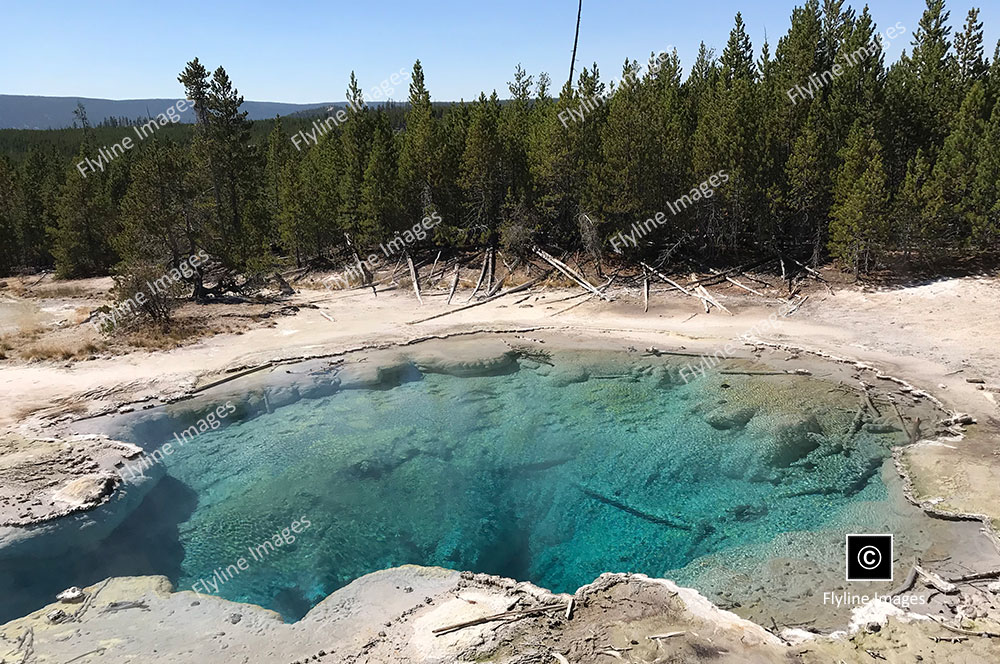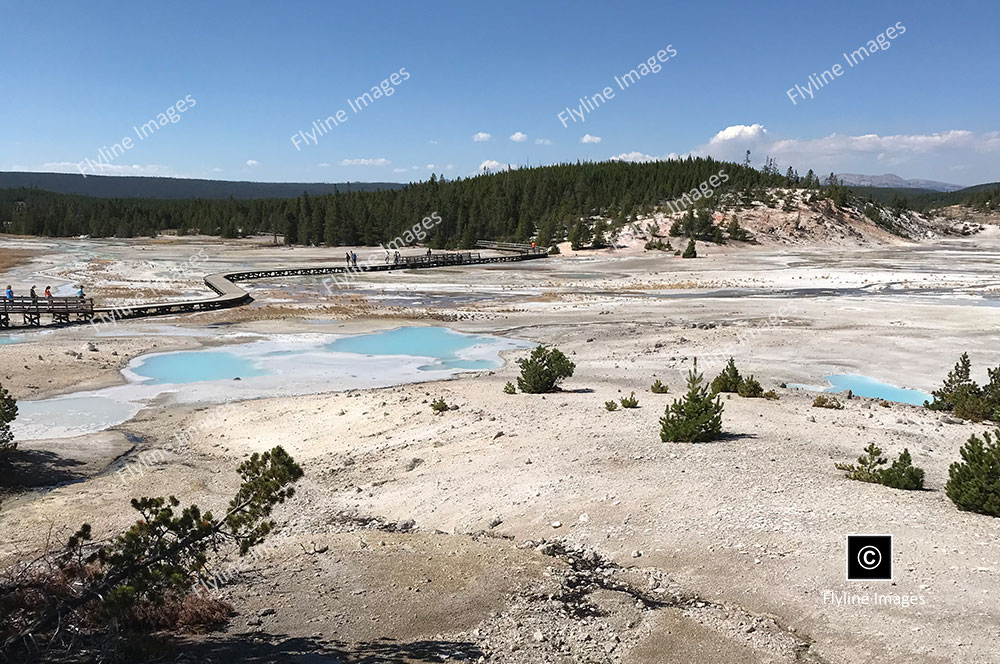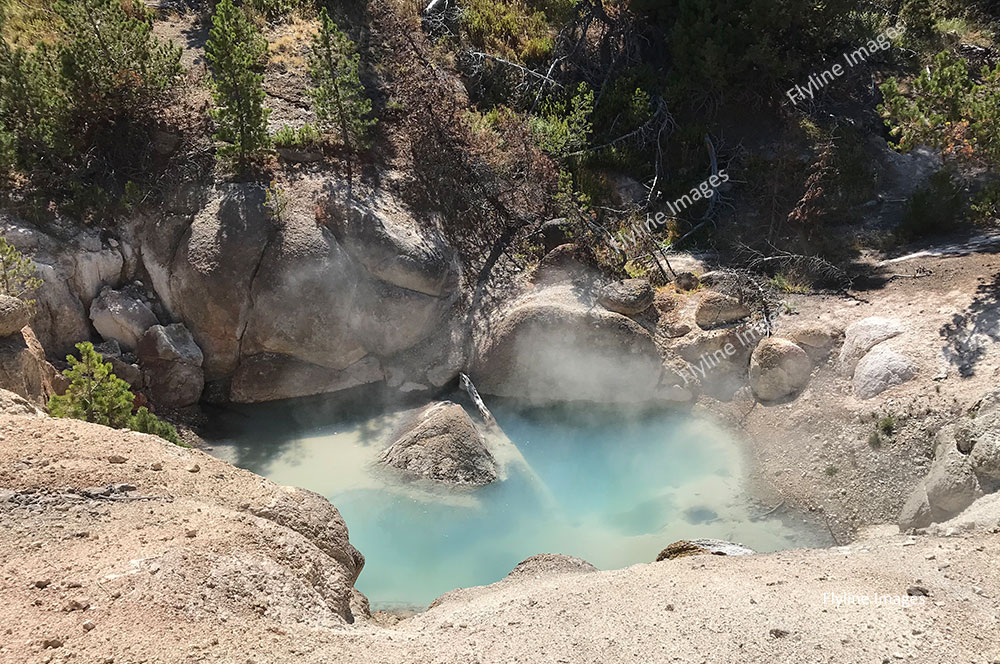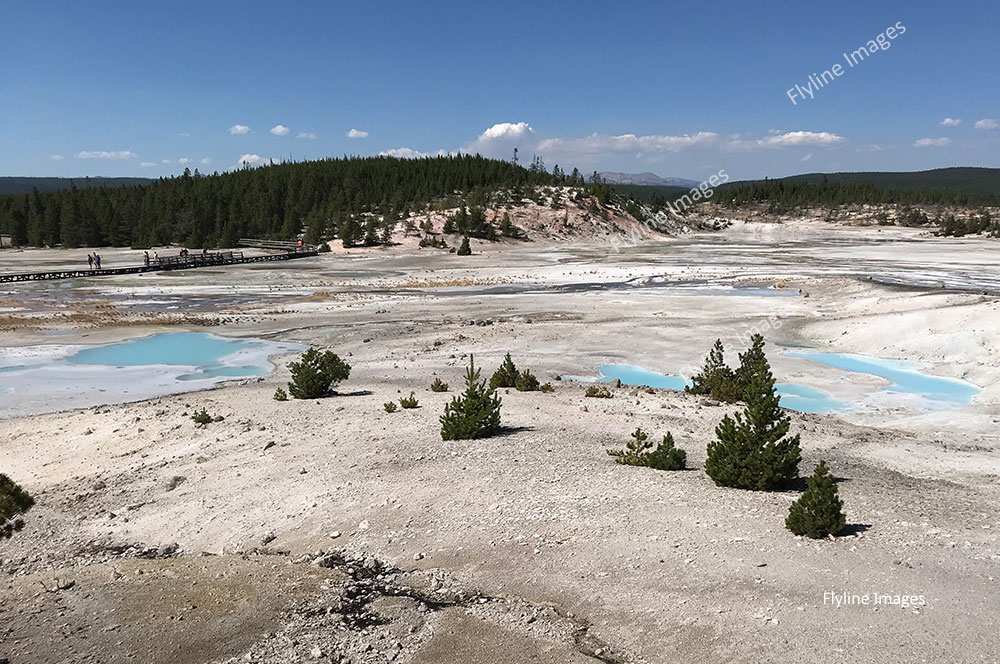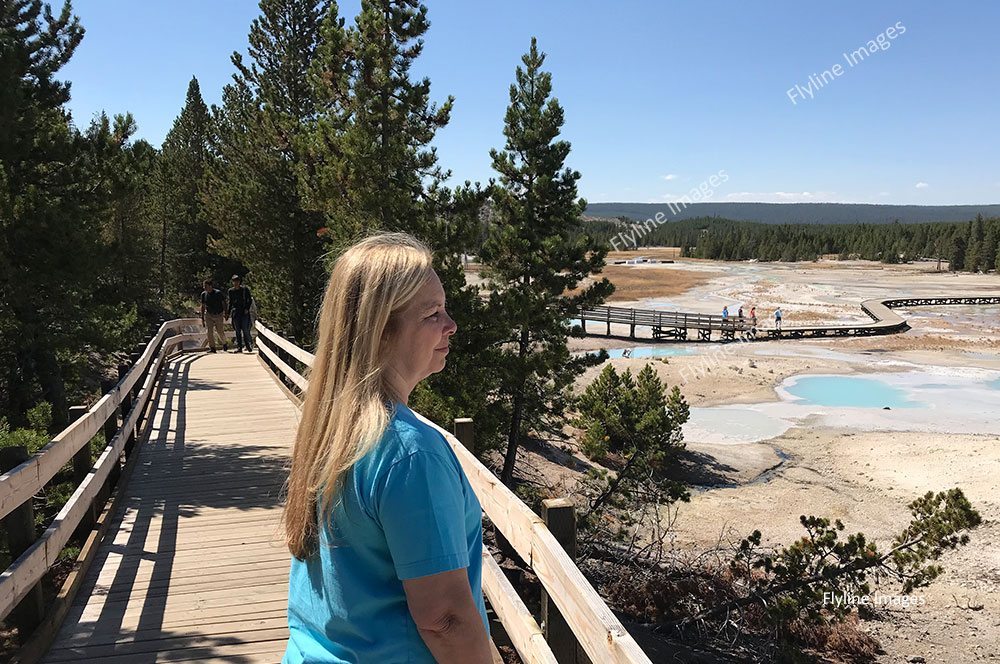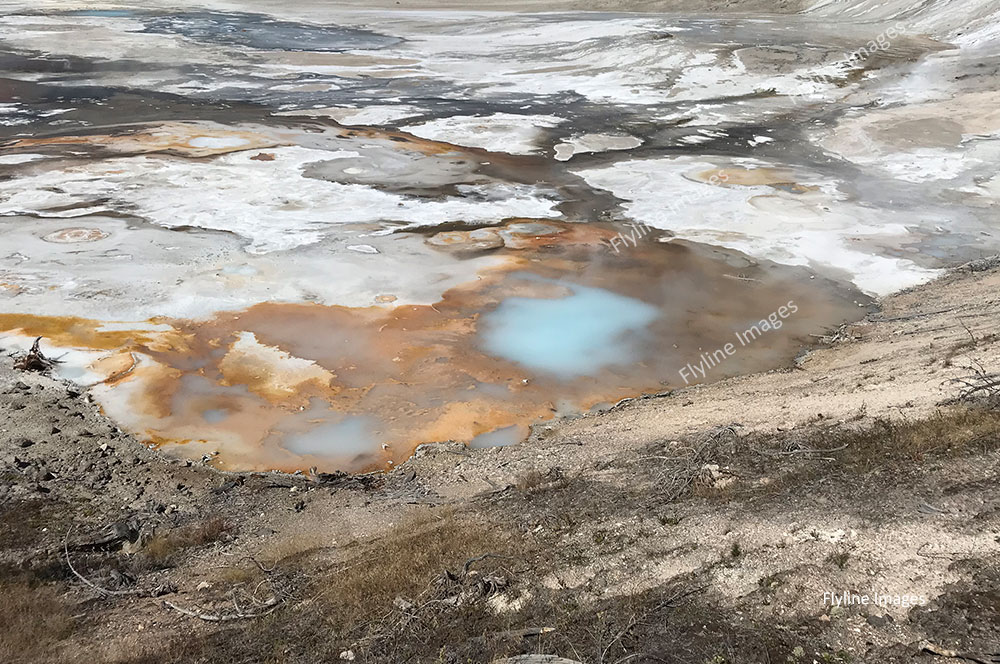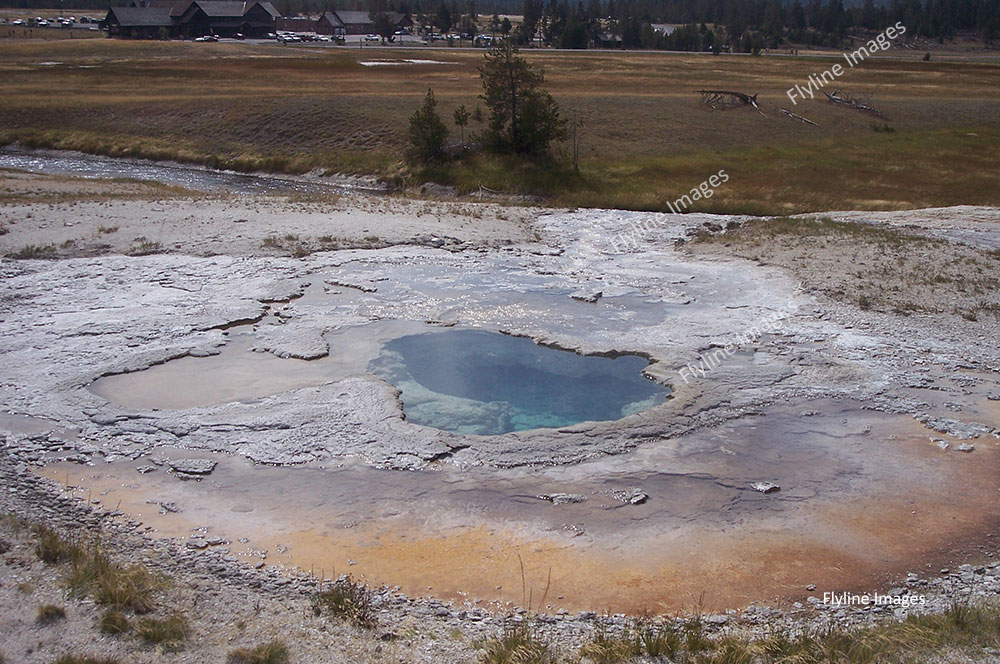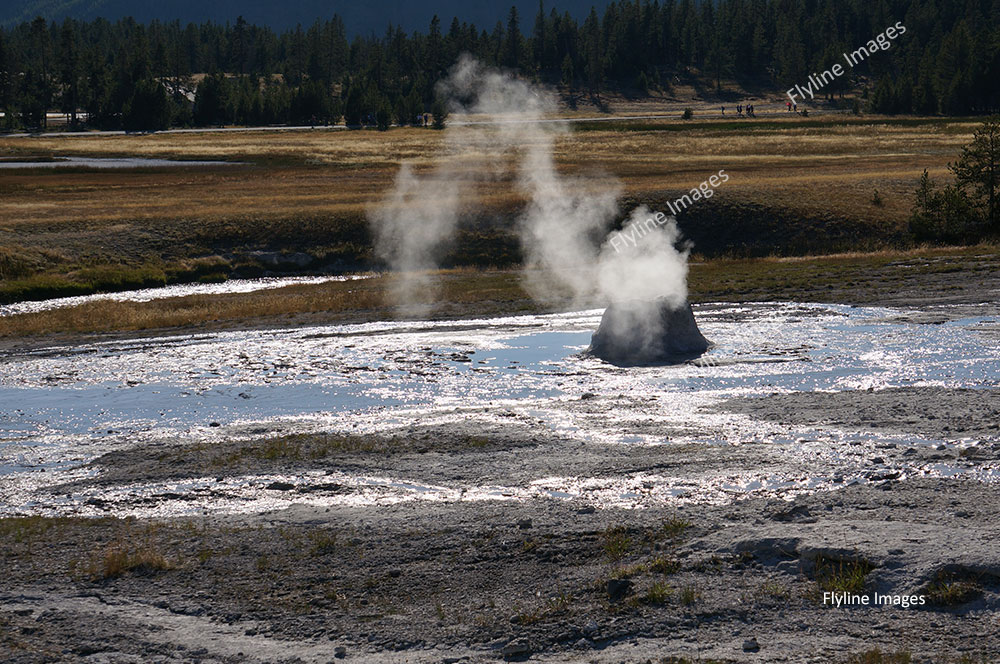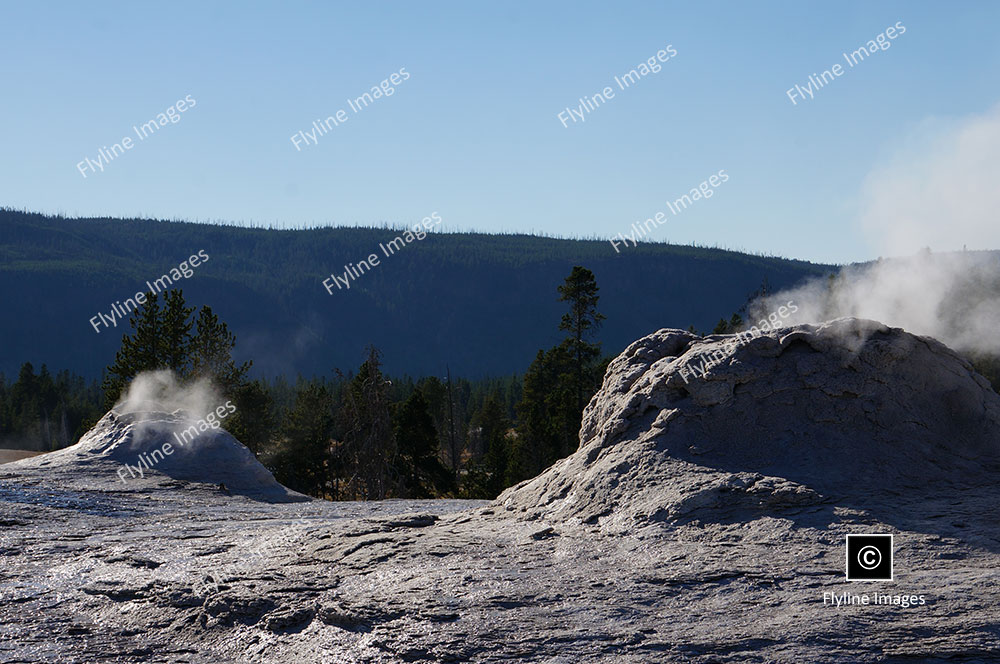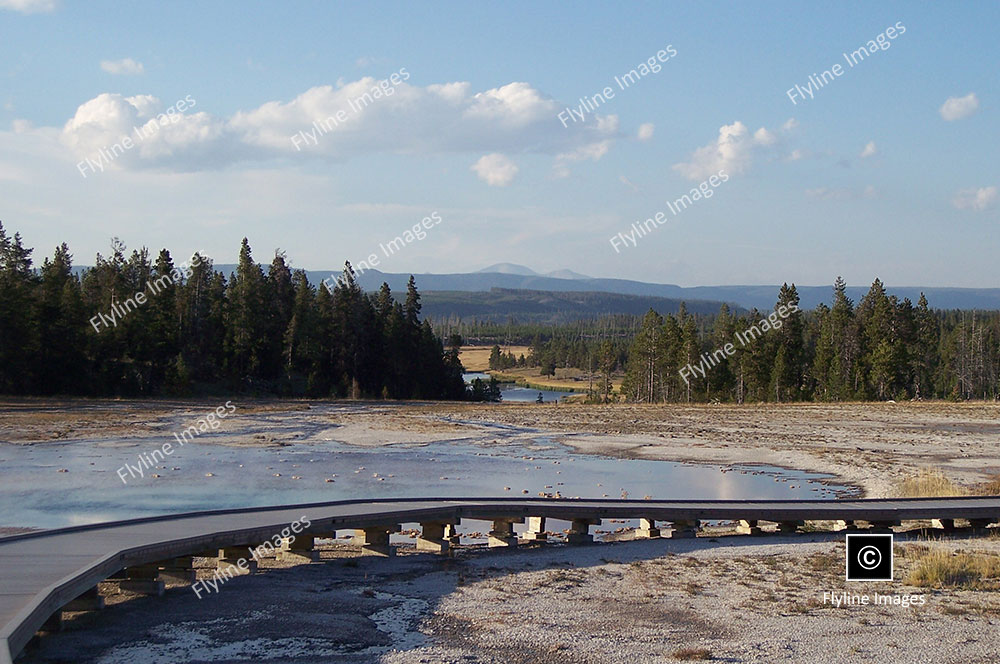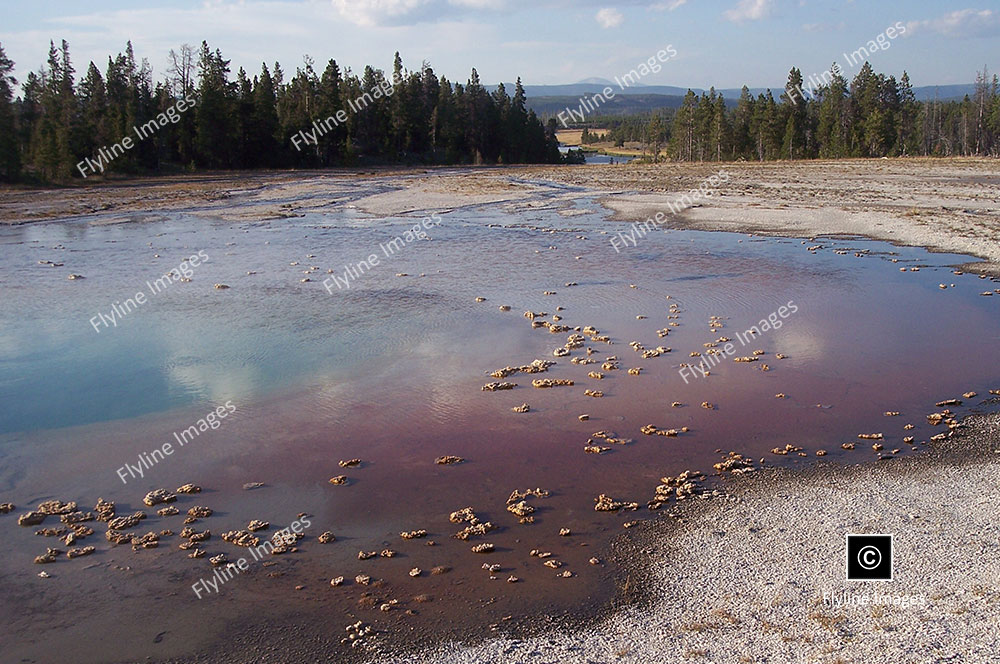Geothermal Features
Fumaroles, Geysers, Hot Springs, Mud Pots
Yellowstone National Park, renowned for its stunning natural beauty, is home to an impressive collection of geothermal features. This includes more than 10,000 hydrothermal sites, among which are over 500 geysers. Yellowstone boasts the highest concentration of geysers in the world, including the iconic Old Faithful. Additionally, the park is dotted with hot springs, mudpots, and fumaroles, each contributing to the unique and diverse ecosystem. The vibrant colors seen in many of the hot springs are due to thermophilic bacteria, which thrive in the boiling temperatures. These geothermal wonders are powered by the Yellowstone Caldera, the largest supervolcano on the continent, which lies just beneath the park’s surface, fueling its remarkable thermal activity.
Portrait Style Images
More About Fumaroles, Geysers, Hot Spring, Mud Pots and Steam Vents
Fumaroles, geysers, hot springs, mud pots, and steam vents are fascinating natural phenomena that occur as a result of the Earth’s geothermal activity. Fumaroles are openings in the planet’s crust that emit steam and gases, often found near volcanic areas. Geysers are a rare spectacle, created when underground water is heated by geothermal heat, resulting in a dramatic explosion of water and steam from the Earth’s surface. Hot springs, on the other hand, are pools of geothermally heated water that rise to the surface, creating a natural spa-like experience. Mud pots form when hot water combines with volcanic ash, hydrogen sulfide gas, and ground rock to create bubbling mud, while steam vents, or solfataras, release pure steam from the Earth’s heated interior. Each of these phenomena showcases the incredible power and heat lurking beneath the Earth’s surface, providing unique opportunities for scientific study and ecotourism.
Fumaroles, geysers, hot springs, mud pots and steam vents have long fascinated scientists and tourists alike. They not only offer a glimpse into the Earth’s inner workings but also provide a unique opportunity to witness the power of nature firsthand.
One of the most interesting aspects of these geothermal features is their unpredictable nature. While some may be active for decades or even centuries, others may suddenly cease to exist due to changes in the Earth’s crust or volcanic activity. This ever-changing dynamic makes them all the more intriguing and worth studying.
In addition to their scientific significance, these natural phenomena also hold cultural and spiritual importance for many indigenous communities. They have been used for medicinal purposes, rituals and ceremonies, as well as a source of inspiration and storytelling.
Despite their awe-inspiring nature, it’s important to remember that fumaroles, geysers, hot springs, mud pots and steam vents are also fragile ecosystems. They support a unique array of microorganisms that have adapted to survive in extreme conditions. Therefore, it is crucial to protect and preserve these areas for scientific research and future generations to enjoy.
Overall, fumaroles, geysers, hot springs, mud pots and steam vents are not only natural wonders but also valuable resources for scientific study and ecotourism. As we continue to learn more about these geothermal features, we deepen our understanding of the Earth’s complex systems and appreciate the beauty and power of our planet. So let’s continue to marvel at these marvels of nature and appreciate the incredible processes that have shaped our world. Let’s also strive to protect and preserve them for future generations to experience and learn from. The more we understand and appreciate these geothermal features, the better equipped we will be to coexist with the Earth’s dynamic forces.

